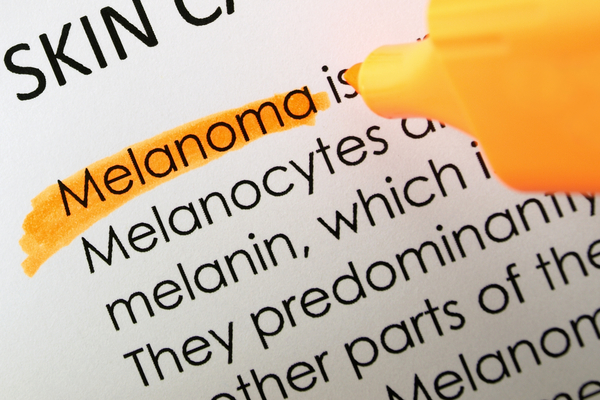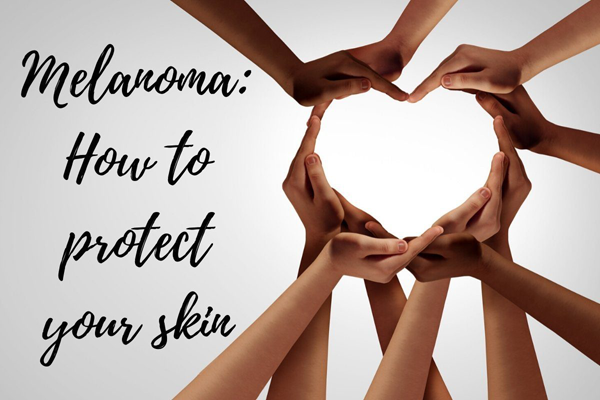

Welcome to MelanomaCare.org, the Site of the Melanoma Care Coalition.
The purpose of the Melanoma Care Coalition is to foster an interdisciplinary approach to melanoma care. This site includes web and pod casts as well as many publications for the disciplines involved in melanoma care. We believe you will find this information helpful. Our mission is to save lives through education about the prevention and early detection of melanoma. Our vision is to educate peole throughout the country and give them the skills necessary to make healthy sun safety choices throughout their lives. Melanoma and other skin cancers are almost 100% preventable and curable if detected and treated early. Our goal is to educate the public so that no other family suffers a loss of a loved one from skin cancer.
Complimentary CME Webinar Now Available.
Harnessing the Power of Intralesional Therapy for Unresectable Melanoma
View this informative CME online activity, developed from the live symposium presented in Chicago, IL.

Melanoma is a type of skin cancer that develops when melanocytes (the cells that give the skin its tan or brown color) start to grow out of control. Cancer starts when cells in the body begin to grow out of control. Cells in nearly any part of the body can become cancer, and can then spread to other areas of the body. Melanoma is much less common than some other types of skin cancers. But melanoma is more dangerous because it’s much more likely to spread to other parts of the body if not caught and treated early.
The leading cause of melanoma is the over exposure to ultroviolet radiation from the sun or artificial sources. Exposed human skin can tan or burn – both are signs of damage to the underlying cells. A burn, in particular, is a marker of extensive damage that normal DNA repair mechanisms may not be able to repair. Sunburn at any age is an indicator of UVR overexposure and increases the risk of skin cancer, particularly of melanoma.

Melanoma of the skin is one of the most common cancers in the United States where, each year, thousands of Americans are diagnosed. Anyone can get melanoma, but it is more common in people born with light skin, light-colored hair, and blue or green eyes. Experts believe that 90% of all melanomas are caused by ultraviolet radiation from the sun or indoor tanning devices. However, some melanomas do form in places that are not exposed to sunlight, indicating that other factors can play a role in some cases.
Depending on your options, you may have different types of doctors on your treatment team. These doctors may include:
Many other specialists may be involved in your care as well, including physician assistants, nurse practitioners, nurses, psychologists, social workers, rehabilitation specialists, and other health professionals. It's important to discuss all of your treatment options as well as their possible side effects with your treatment team to help make the decision that best fits your needs.
Melanoma: Symptoms, Causes, Treatment

Melanoma Care Options™: Update on Advances in Melanoma: Current Progress and Future Promise